Want to capture the emotions of your travels but don't know where to start? Or perhaps you wish to paint atmospheric landscapes? Here, I share the knowledge points I use when painting landscapes, which might help you.
1. Why is landscape composition important?
When painting landscapes, it's advisable not to replicate the real scene exactly as seen but to selectively rearrange the content of the picture.
Effective composition allows your painting to:
- Have a clear visual focus (a distinct subject)
- Possess a sense of space (layers of foreground, middle ground, and background)
- Exhibit effects transformed through media (variations in brushstrokes and pigment combinations)
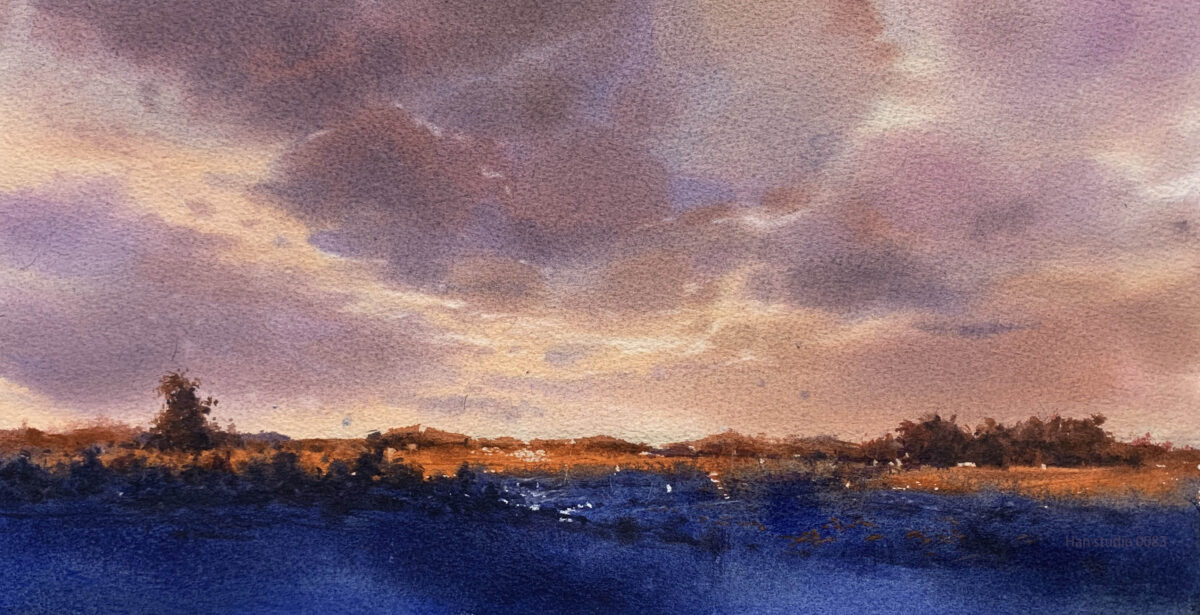
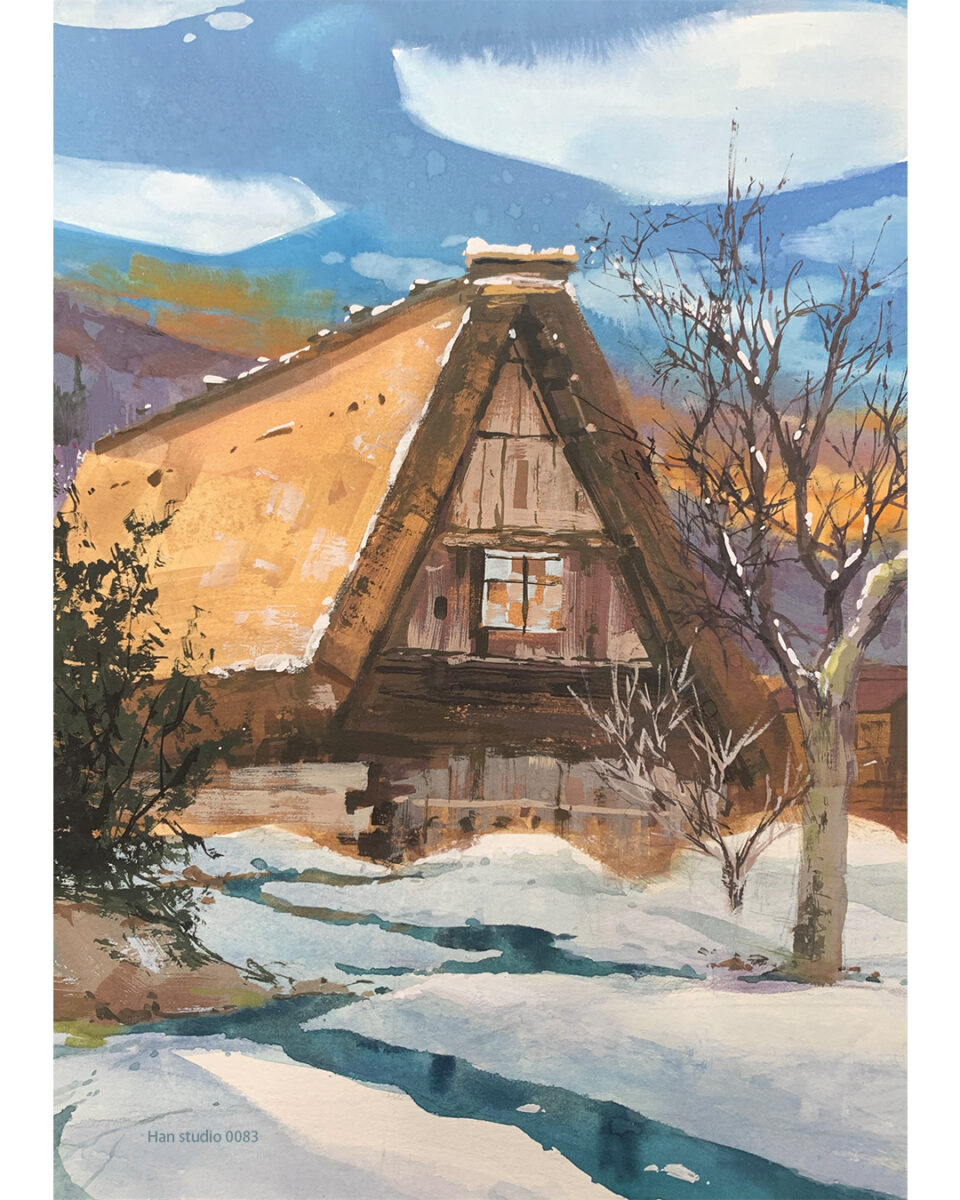
How much you choose to render or leave out in different parts of a drawing affects the visual impact and mood of the entire piece.
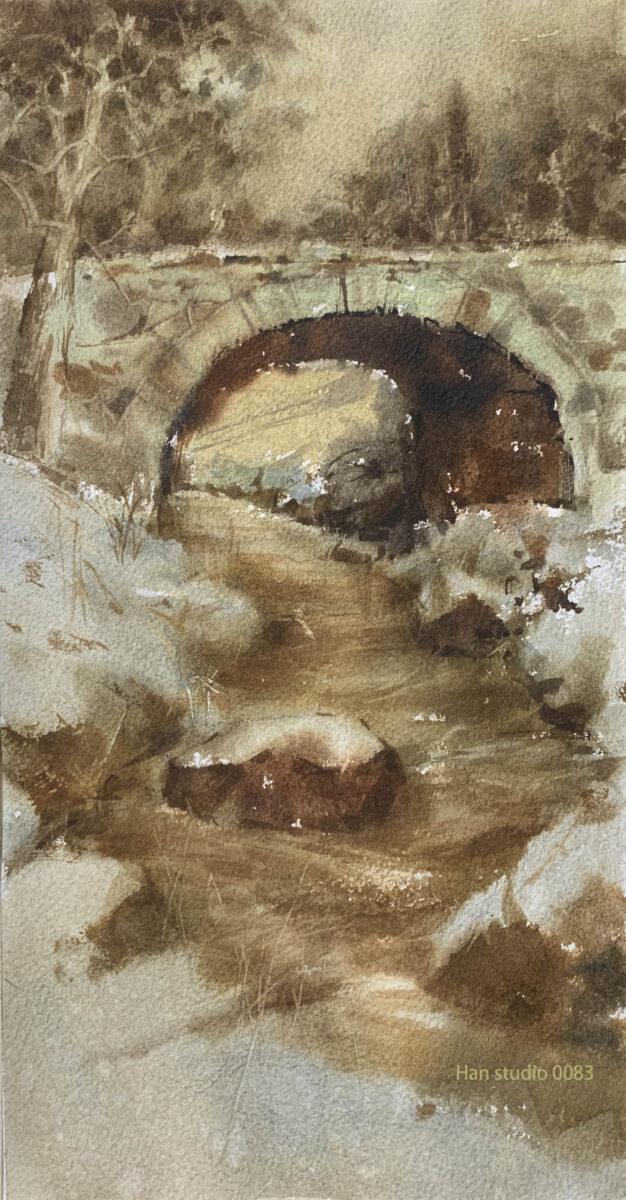

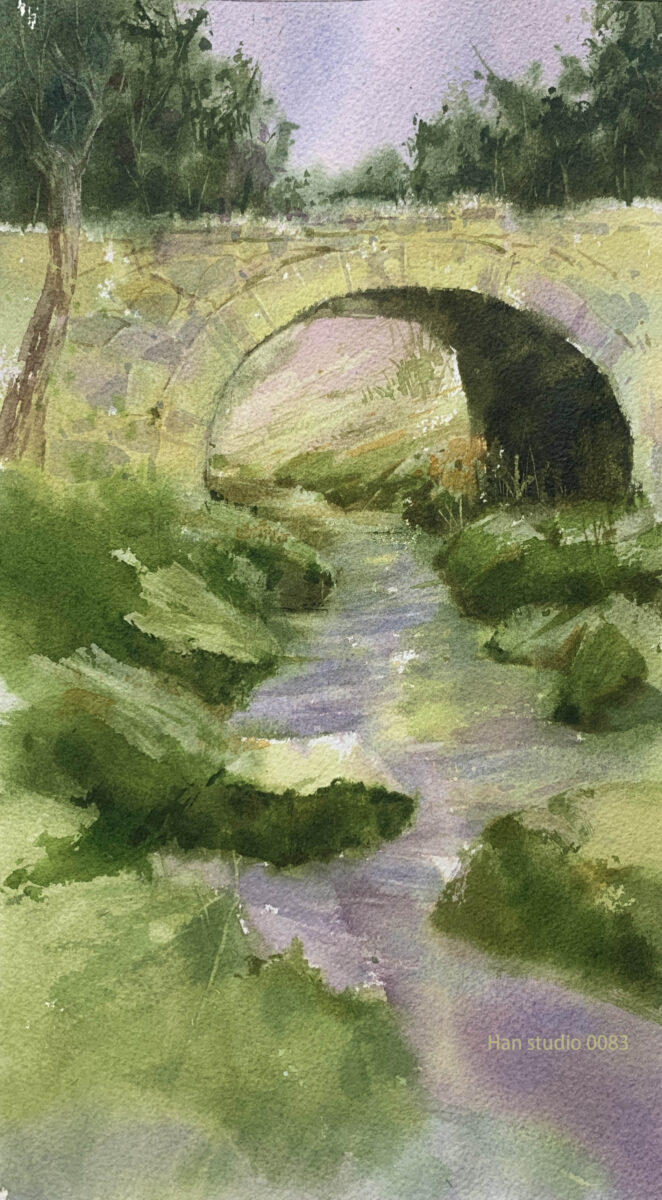
2. Basic Elements of Landscape Composition
| Element Name | DescriptionDescription | Practice Suggestions |
| Subject Focus | Determine the "main character" of the painting—is it a tree, building, or person? | Before painting, ask yourself: What feeling do I want to convey in this painting? |
| Eye Level | Decide the viewer's perspective—looking up, down, or straight ahead | Identify the vanishing point in the picture; the horizontal line at this point is the eye level |
| Picture Ratio Division | Common configurations are 3:7, 5:5, 7:3 | Lightly draw a composition line on the paper with a pencil to help arrange area positions |

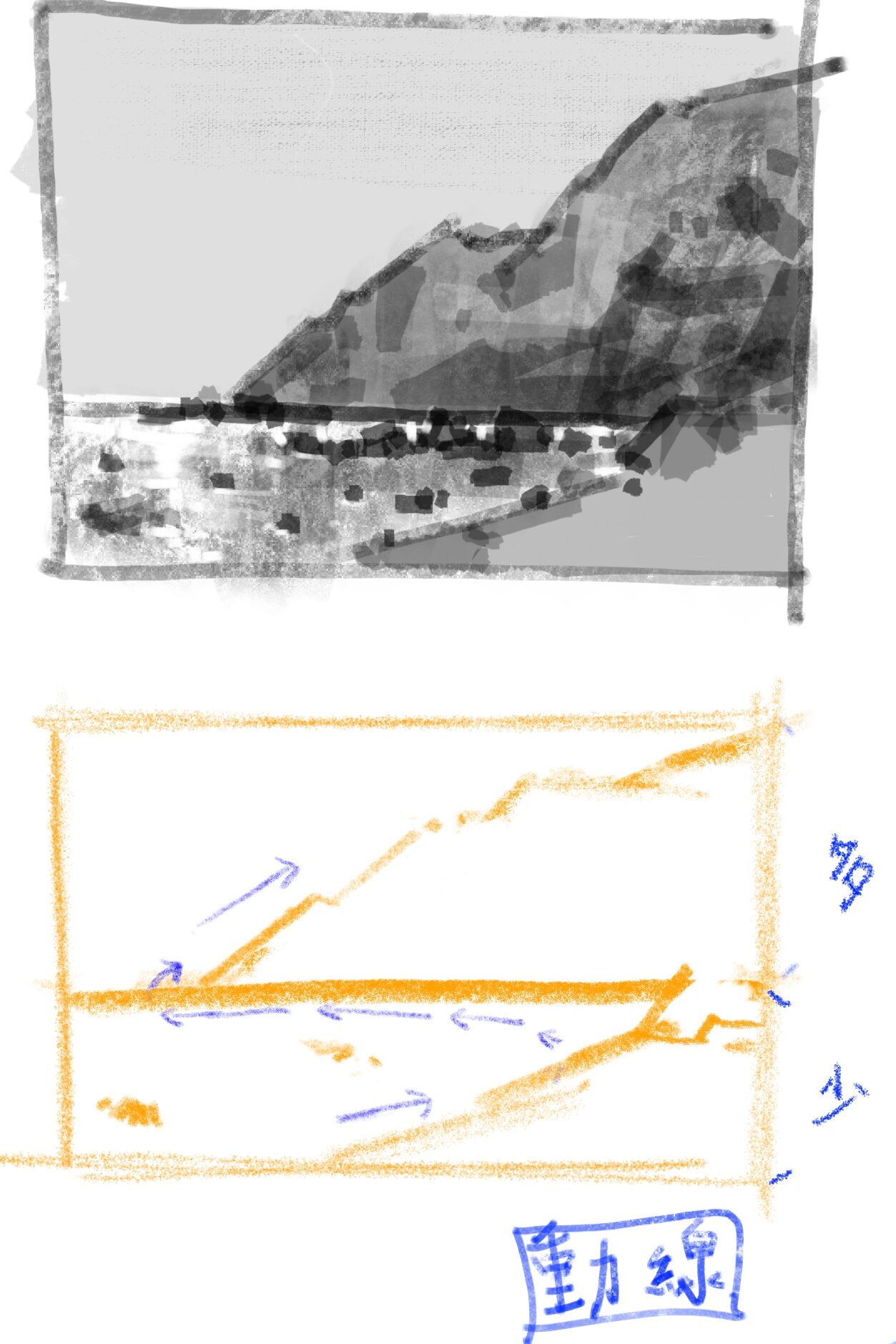
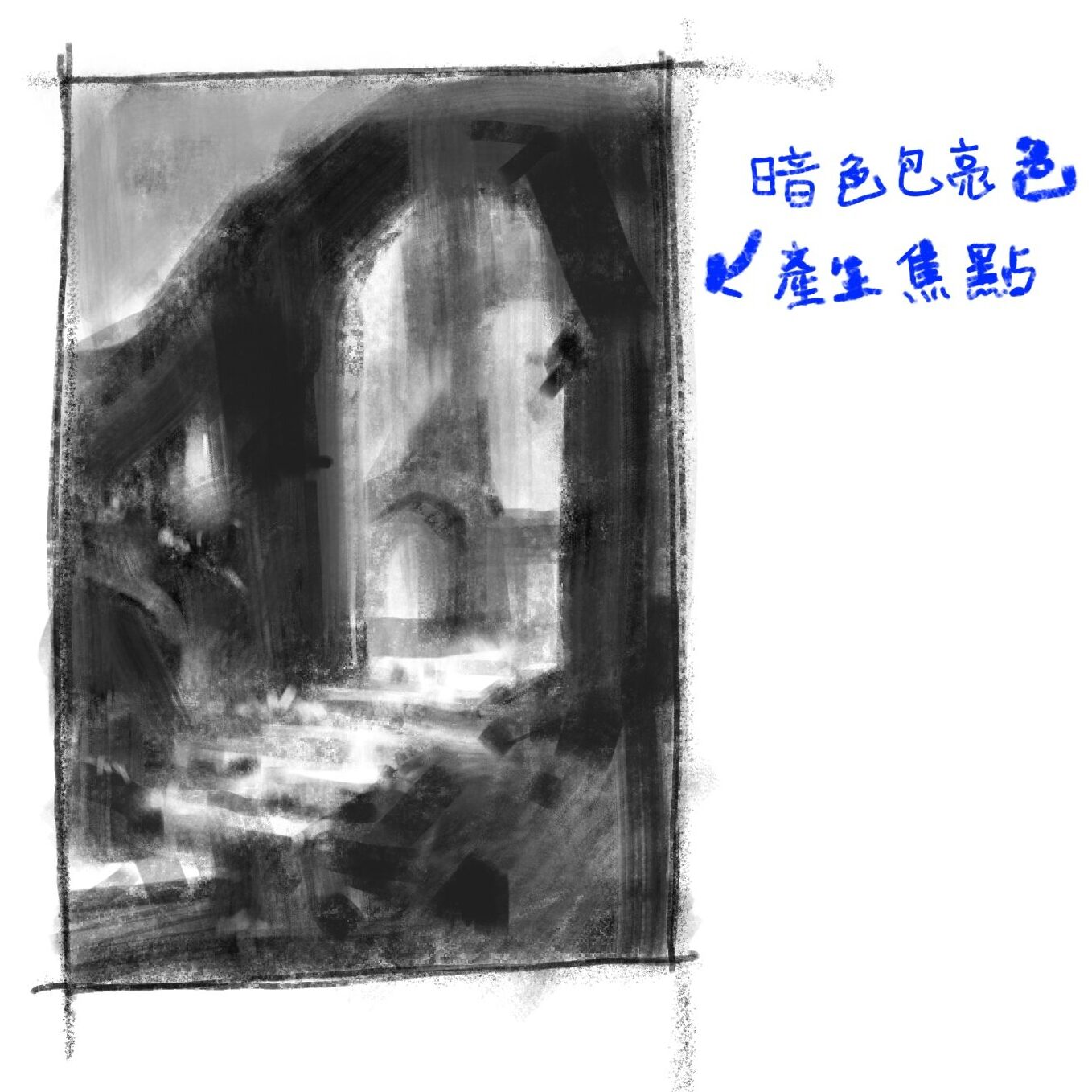


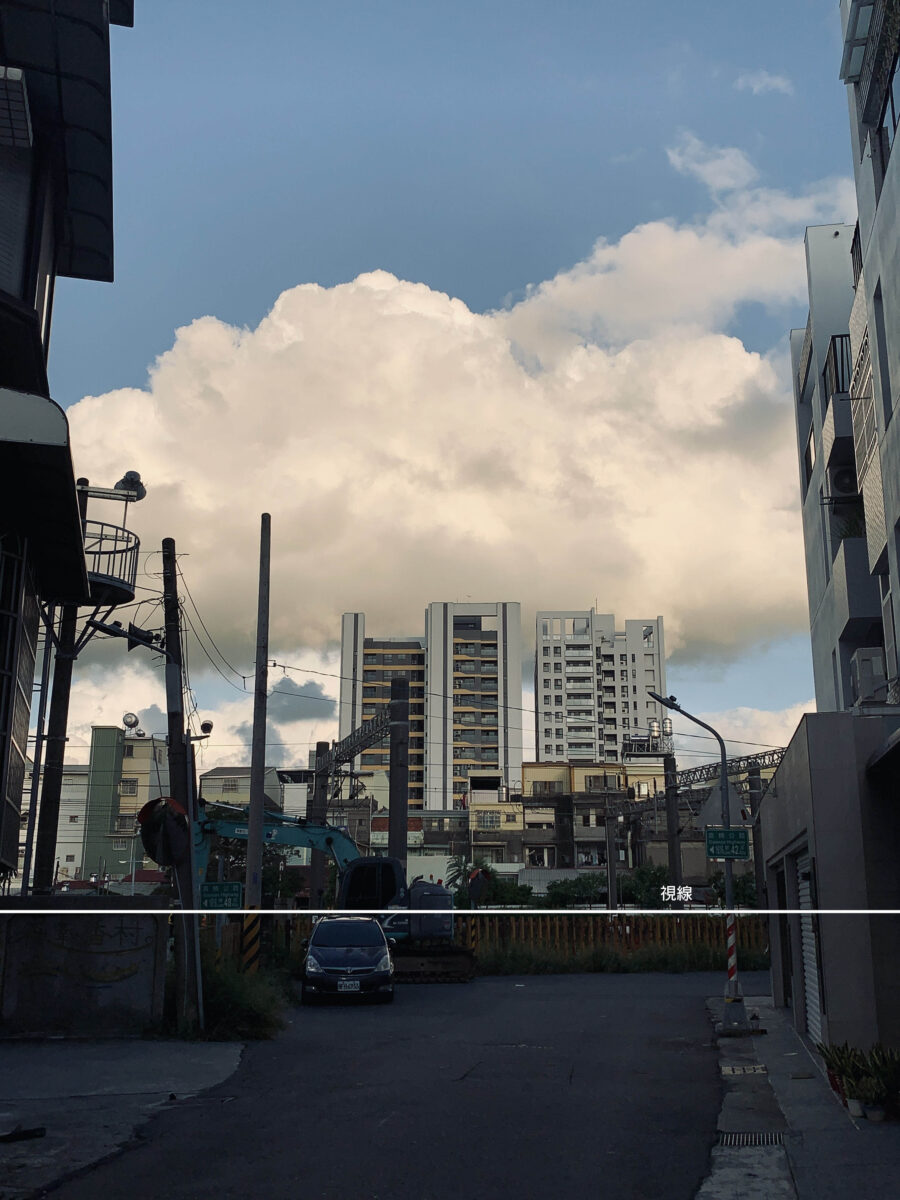
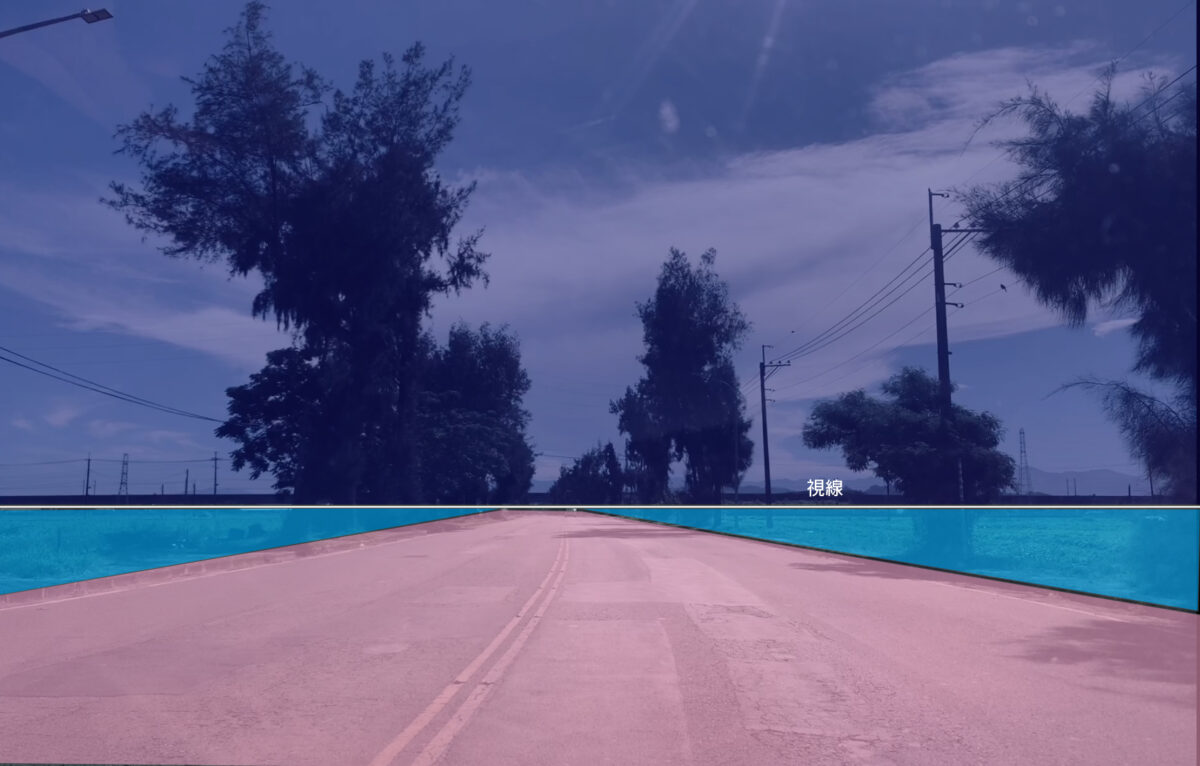
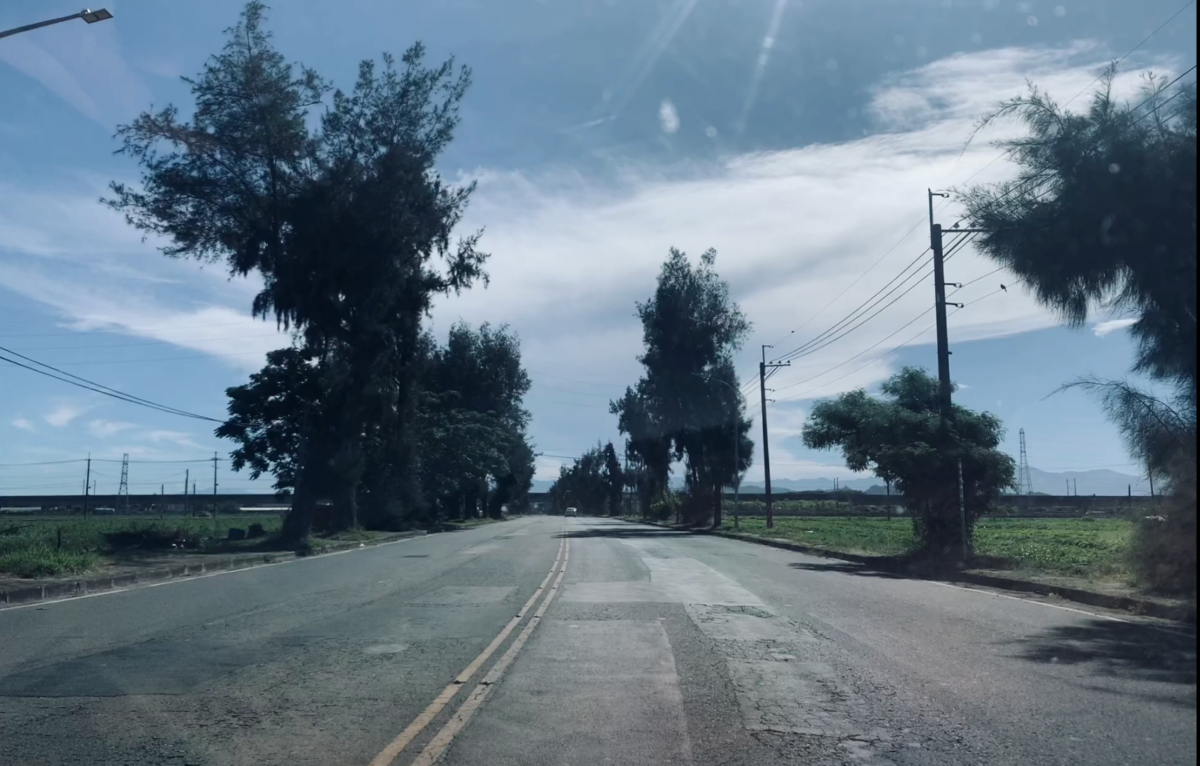
Divide the road landscape into foreground (road surface), middle ground (trees), and background (highway); above the eye level is the sky, below is the land.
3. Common Landscape Composition Types
| Type Name | Characteristics | Visual Effect |
| Horizontal Composition | Expands horizontally, such as lakes, mountains, distant cities | Stable and peaceful, suitable for expressing the contrast between sky clouds and the earth |
| Diagonal Composition | Main subject arranged diagonally, common in mountains, rivers, clouds | Dynamic, guiding the viewer's gaze from one corner to the subject |
| Z-shaped Composition | Foreground—middle ground—background forming a "Z" shape | Uses visual guidance, common in rural and field scenes |
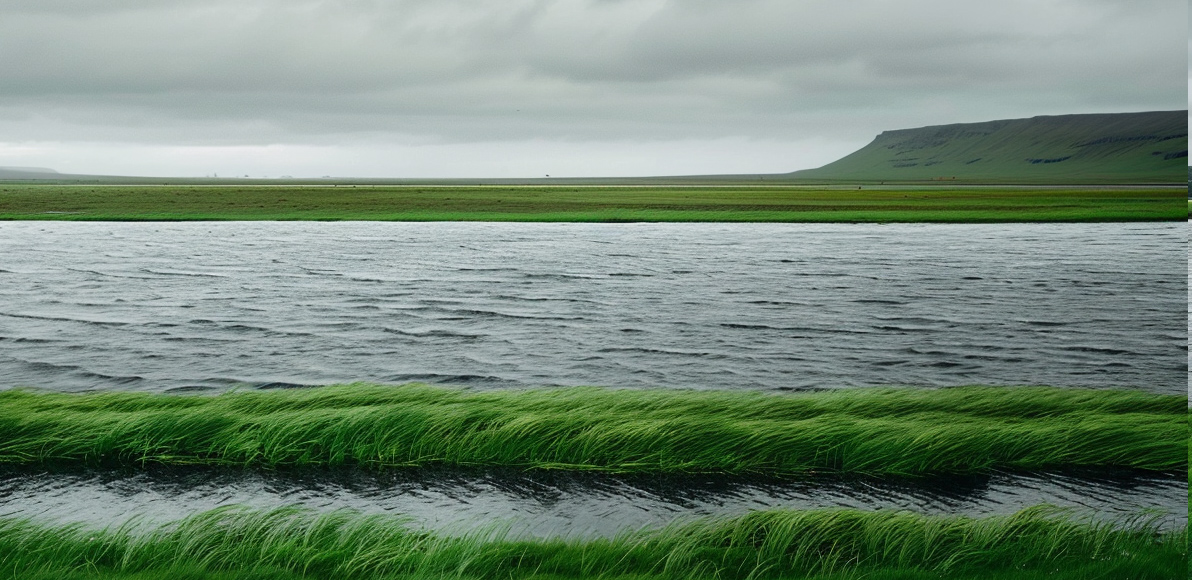
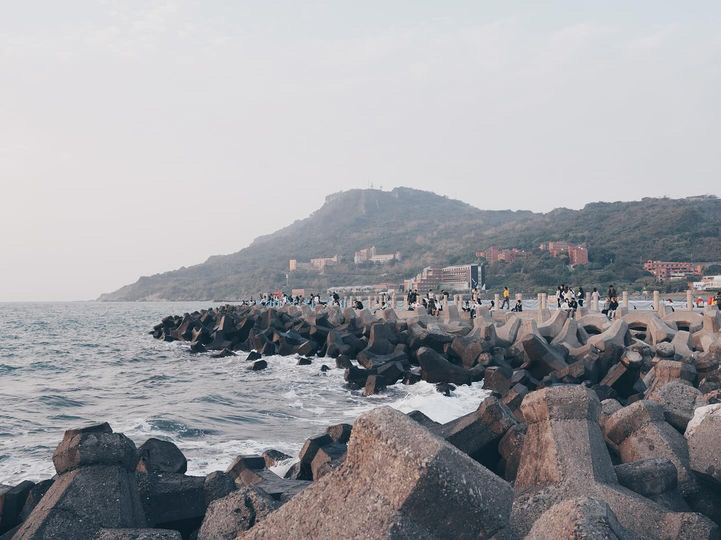

4. Layout of Color Blocks and Strength Distribution
| Level | DescriptionDescription | Color Configuration Suggestions |
| Main Color Block | For example, buildings, trees, landmarks | High saturation or dark colors, clear edges |
| Middle Ground Color Block | For example, grasslands, water surfaces, extending roads | Gray scale or slightly lower saturation, avoid competing with the main subject |
| Background Color Block | For example, mountains, sky, fog | Light colors, blurred processing, helps to create a sense of space |
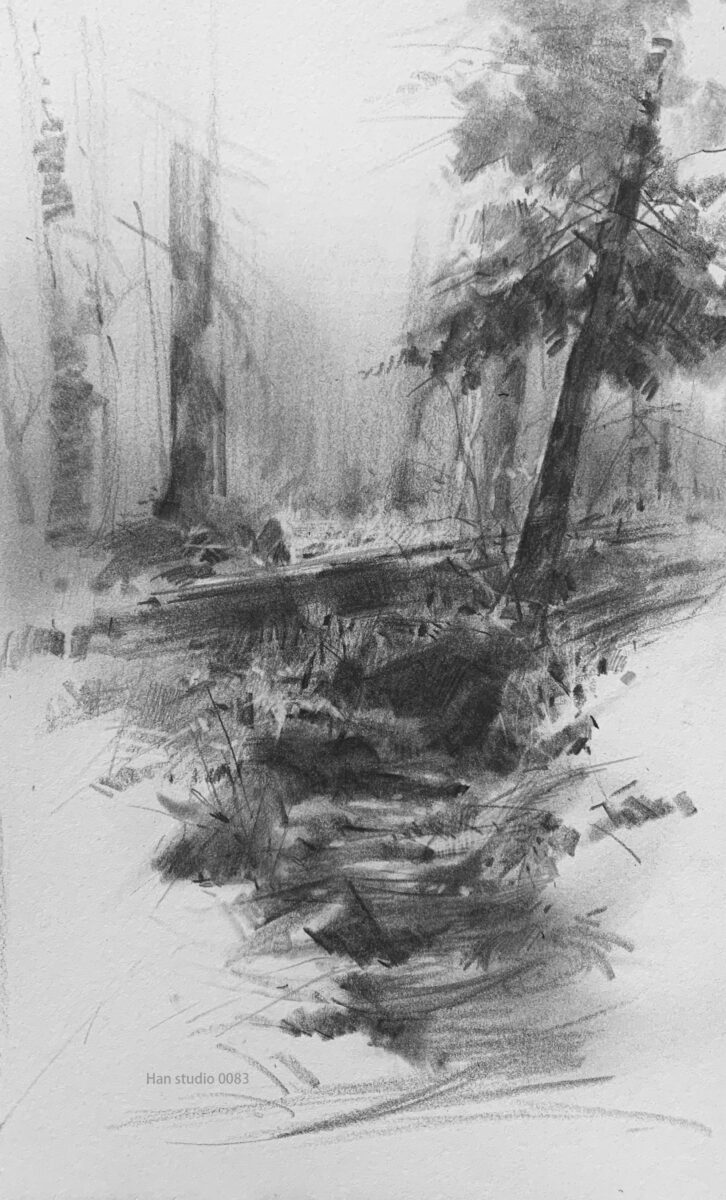
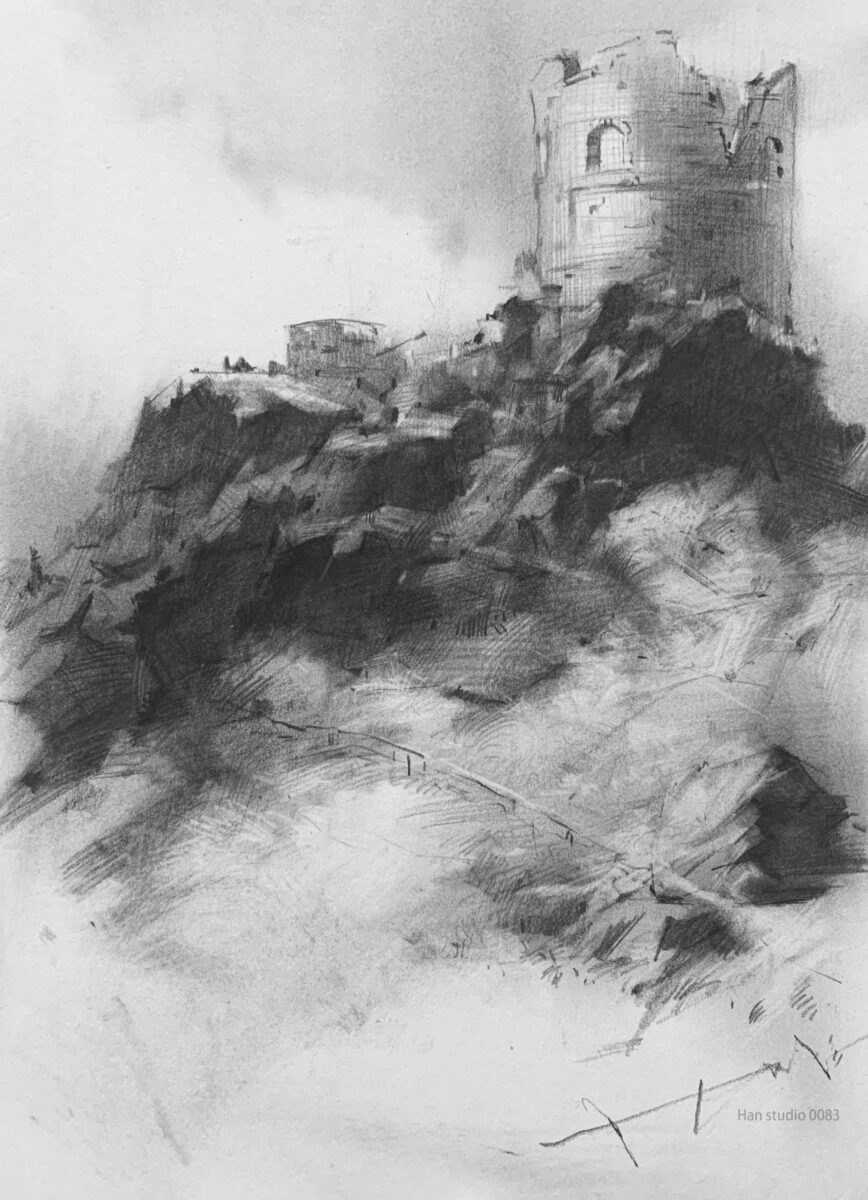
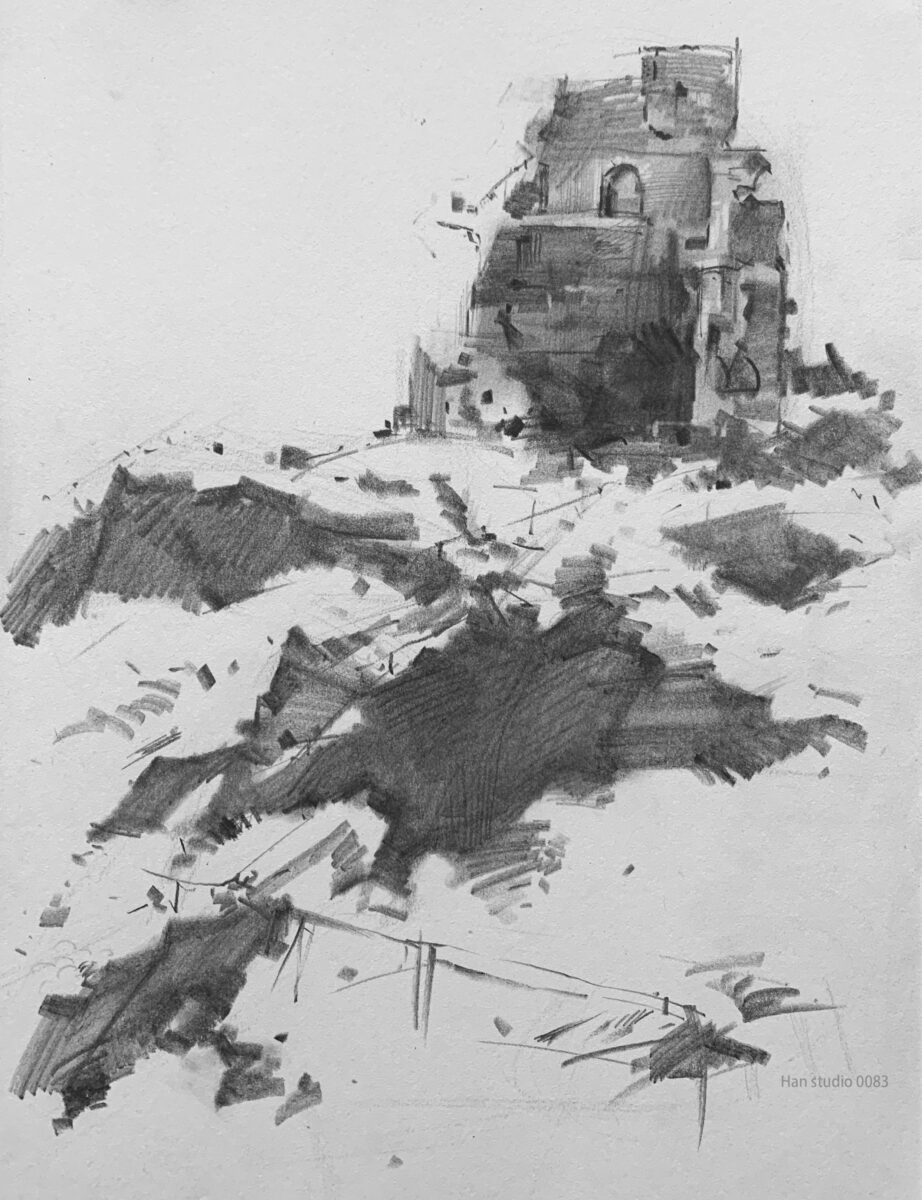
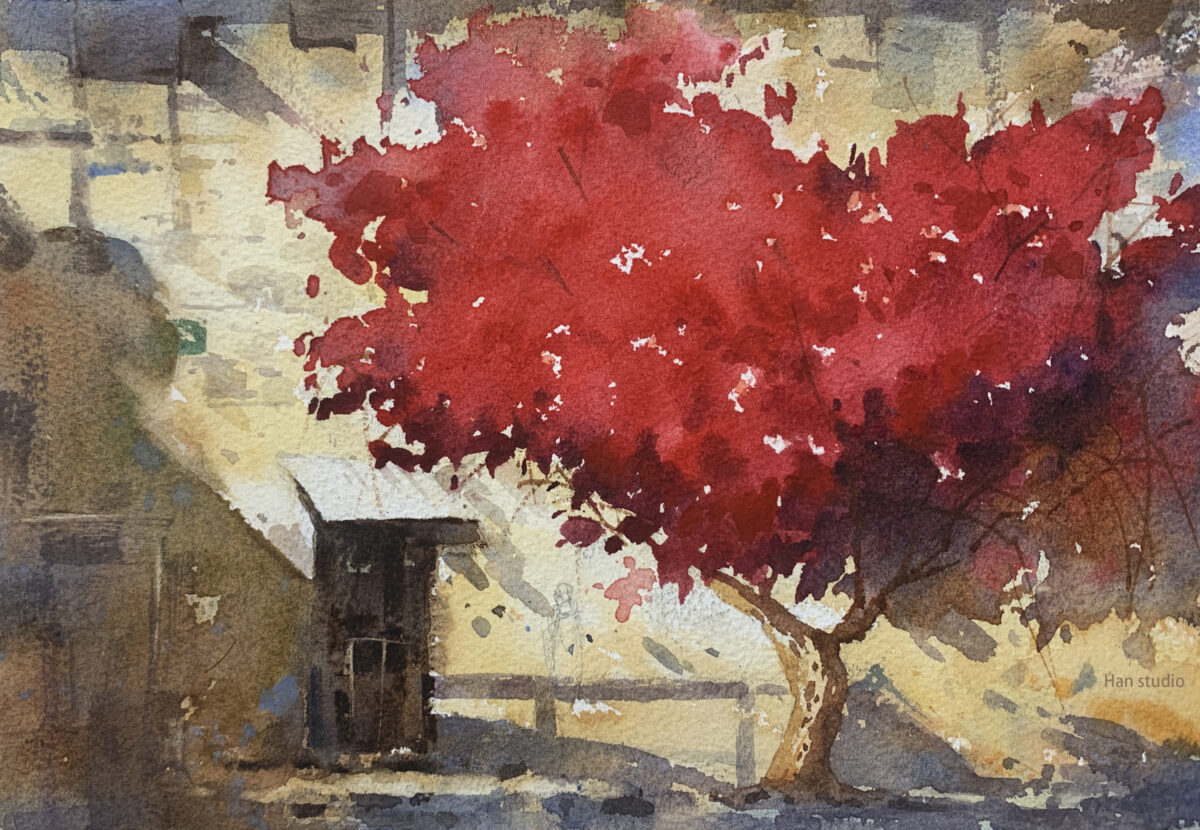


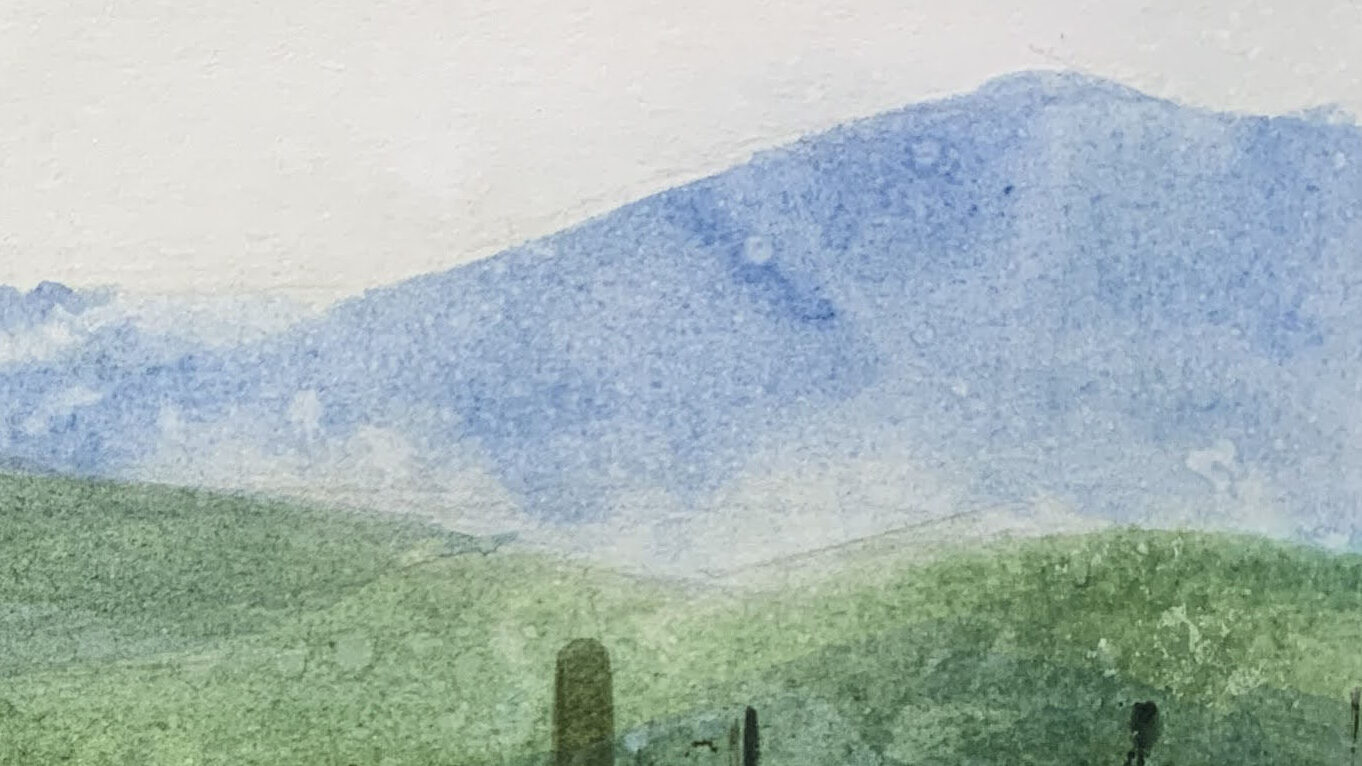
5. How to Color Landscapes watercolor?
Below is a watercolor demonstration explaining the procedures for coloring landscapes.
Sky and Cloud Painting Techniques
- Wet-on-Wet Technique:
- Apply watercolor on wet paper to allow natural blending, ideal for soft cloud effects or ground color gradients.
- Color Mixing Tips: Avoid mixing too many colors; it's advisable to start with two to three simple pigments.
- Main Color for Each Area: Choose one main color tone for each area, for example, gray-green sky, gray-blue-green with a slight color bias.
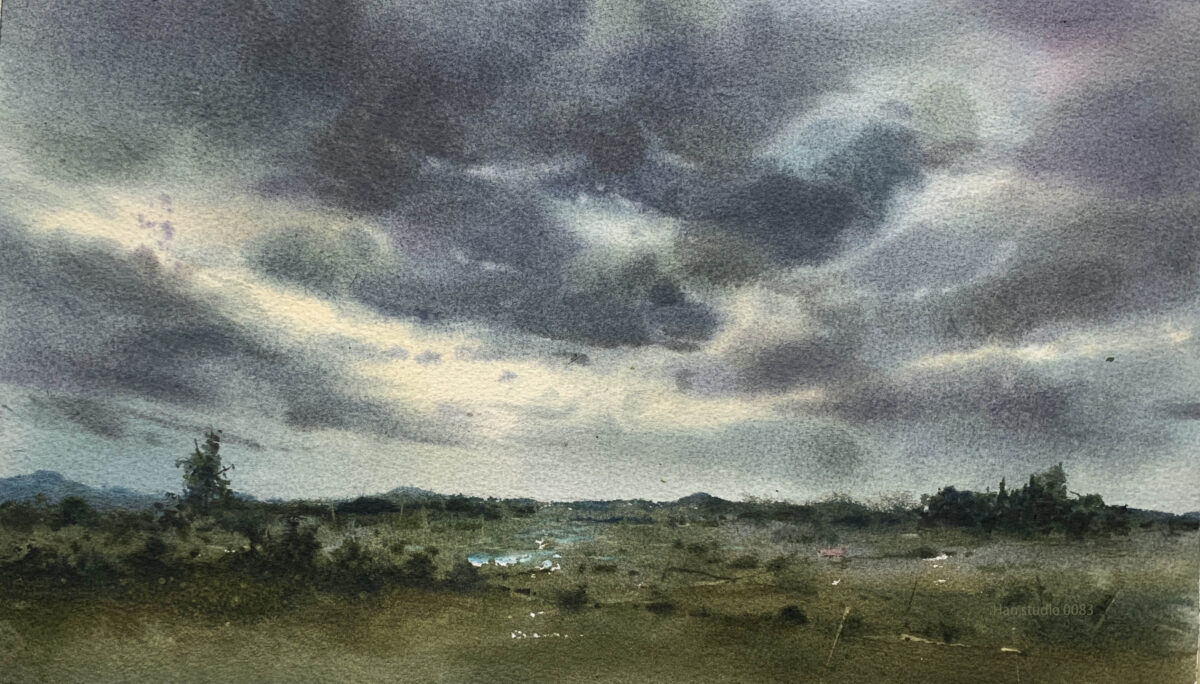
- Light and Dark Variations
- The volume of clouds comes from light and dark changes; the sky gradually lightens from top to bottom, presenting a sense of distance from dark to light.
- When painting clouds, you can start with a light color base, then use dark colors to create volume and thickness.
- Color Temperature Changes
- The sky under different weather conditions can be expressed through changes in warm and cool tones, such as using warm orange-yellow tones during sunset and cooler blue-gray tones on cloudy or rainy days.
- Place warm colors on the brighter edges of clouds and cool colors in shadow areas to enhance the realism of the picture.

Ground and Depth Representation
- Perspective:
- Objects closer to the viewer have more saturated and clearer colors, while distant objects appear grayer and lighter with fewer details.
- Apply this principle to arrange grasslands, bushes, buildings, etc.
- Foreground, Middle Ground, and Background Layering:
- Use darker or heavier colors in the foreground to highlight the overall spatial sense.
- Maintain moderate tones in the middle ground, gradually fading in the background toWet-on-Wet Technique:
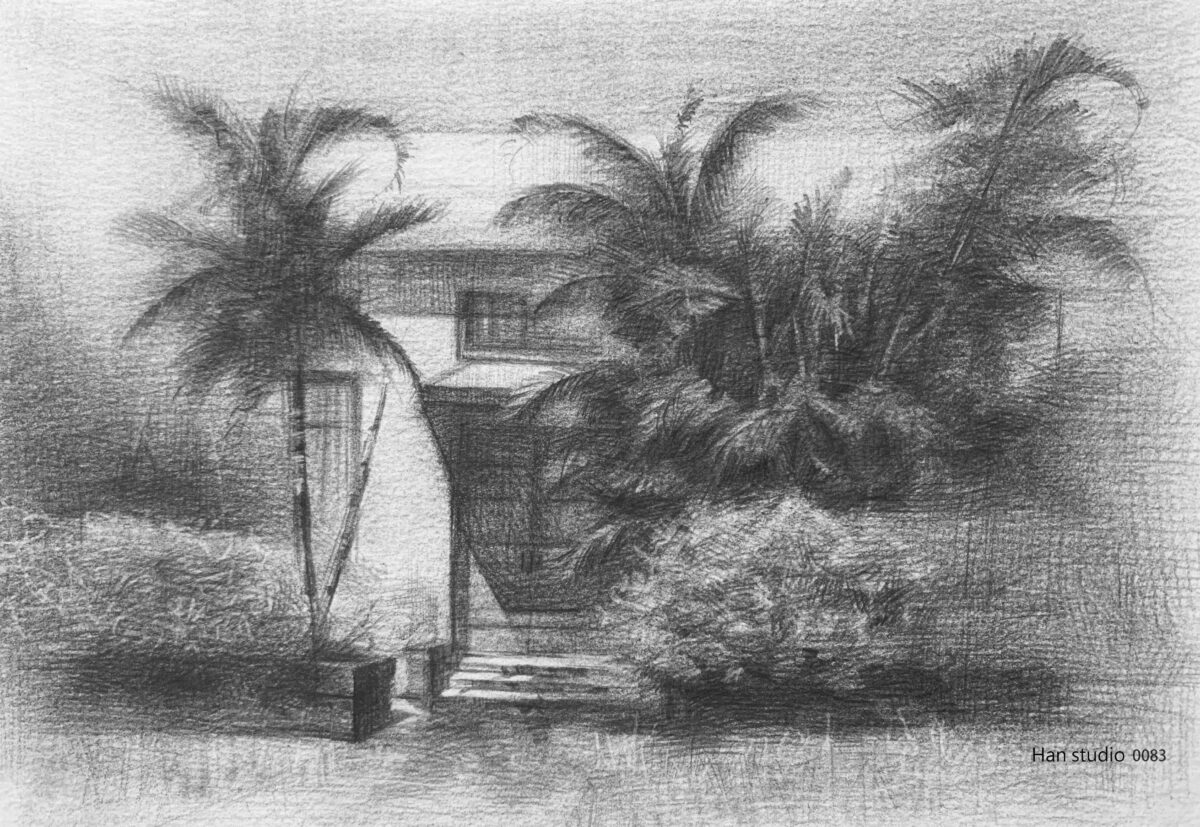
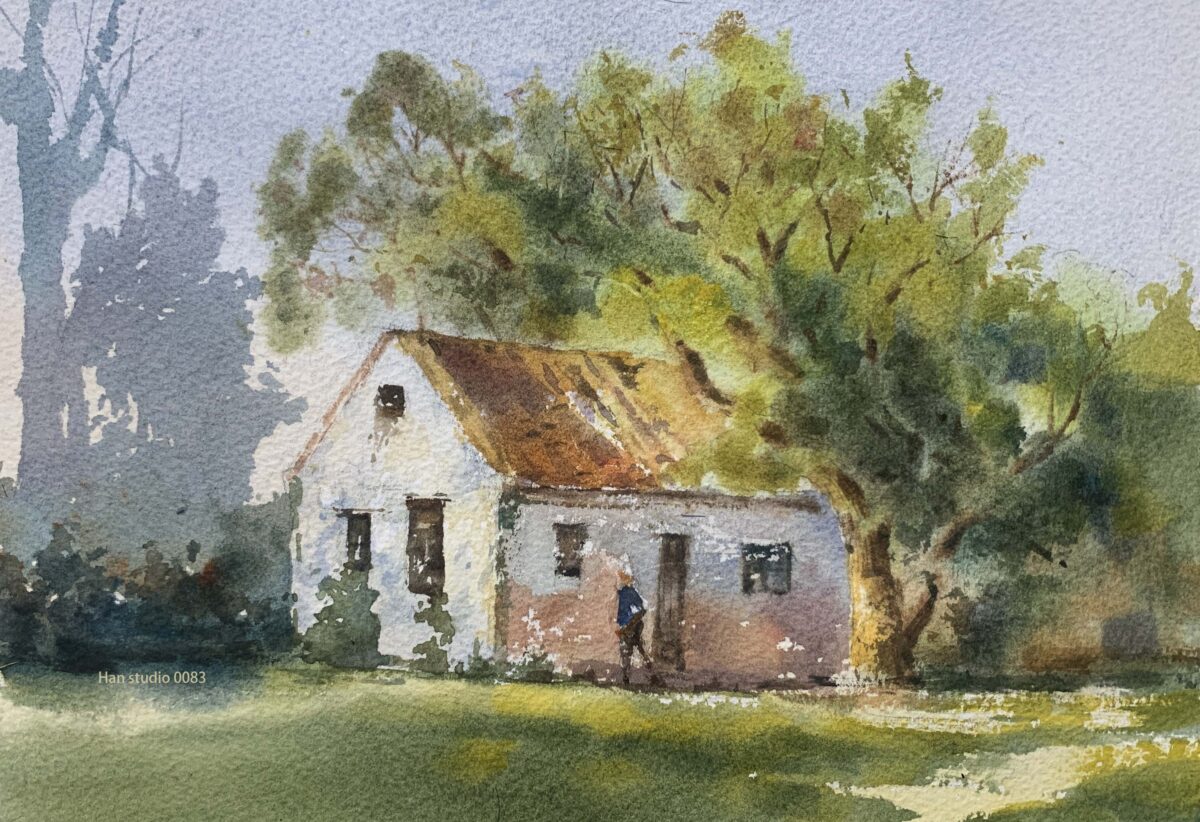
Light and Atmosphere Creation
- Light Source Position:
- Clearly indicate or observe the direction of light to establish shadow directions and tones.
- For example, a low sunset light source creates a warm scene with blue-purple shadows.
- Atmosphere and Feeling
- Use bright, saturated colors for sunny scenes and cooler tones for overcast skies.
- Color choices and cloud variations directly influence the perceived weather in the painting.

6.Common Issues and Beginner Challenges
- Color Mixing and Water Control:
- Common problems include muddy colors (using more than three pigments) or overly monotonous tones. Practice mixing colors beforehand and control the water-to-pigment ratio.
- Paper Wetness Control:
- Improper handling of water and pigment concentration can lead to poor blending or excessive spreading. Practice wet-on-wet techniques by applying a layer of pigment on wet paper and adding another color while it's still moist.
7.Solutions to Common Landscape Painting Problems
| Potential Issue | Solution |
| Lack of Depth | Arrange "background, middle ground, foreground" layers using light and dark tones to create depth |
| Main Subject Centered and Symmetrical | Shift the focal point slightly to the left or right to add variation |
| Overly Detailed in All Areas | Keep the main subject clear; allow other areas to be partially blurred or less detailed |
8.Recommended Landscape Painting Exercises
| Practice Topic | Method |
| Pencil Sketch Composition | Refer to real scenes or photos to create 2–3 different composition sketches |
| Monochrome Practice | Use a single color in varying shades (black, gray, white) to depict the scene with three value blocks (main subject/middle ground/background) |
| Photo Composition Practice | Take three landscape photos with your phone, use a grid overlay, and experiment with different composition ratios |
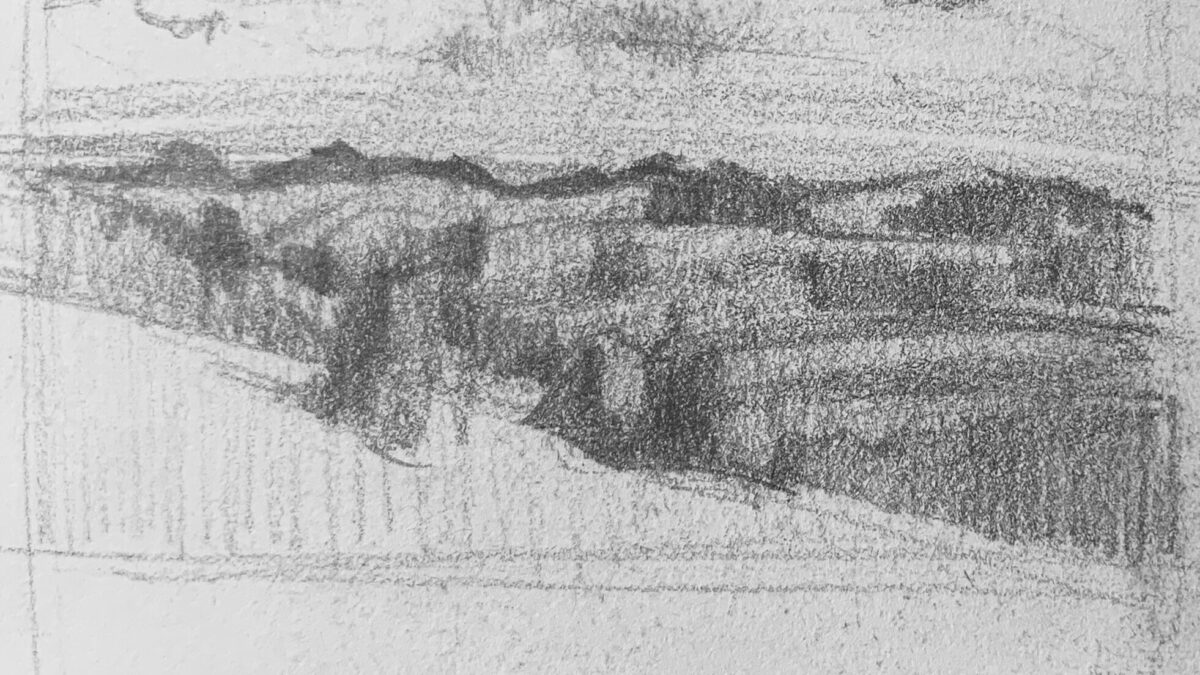

Designing small drafts helps organize and highlight the main focus in your painting.
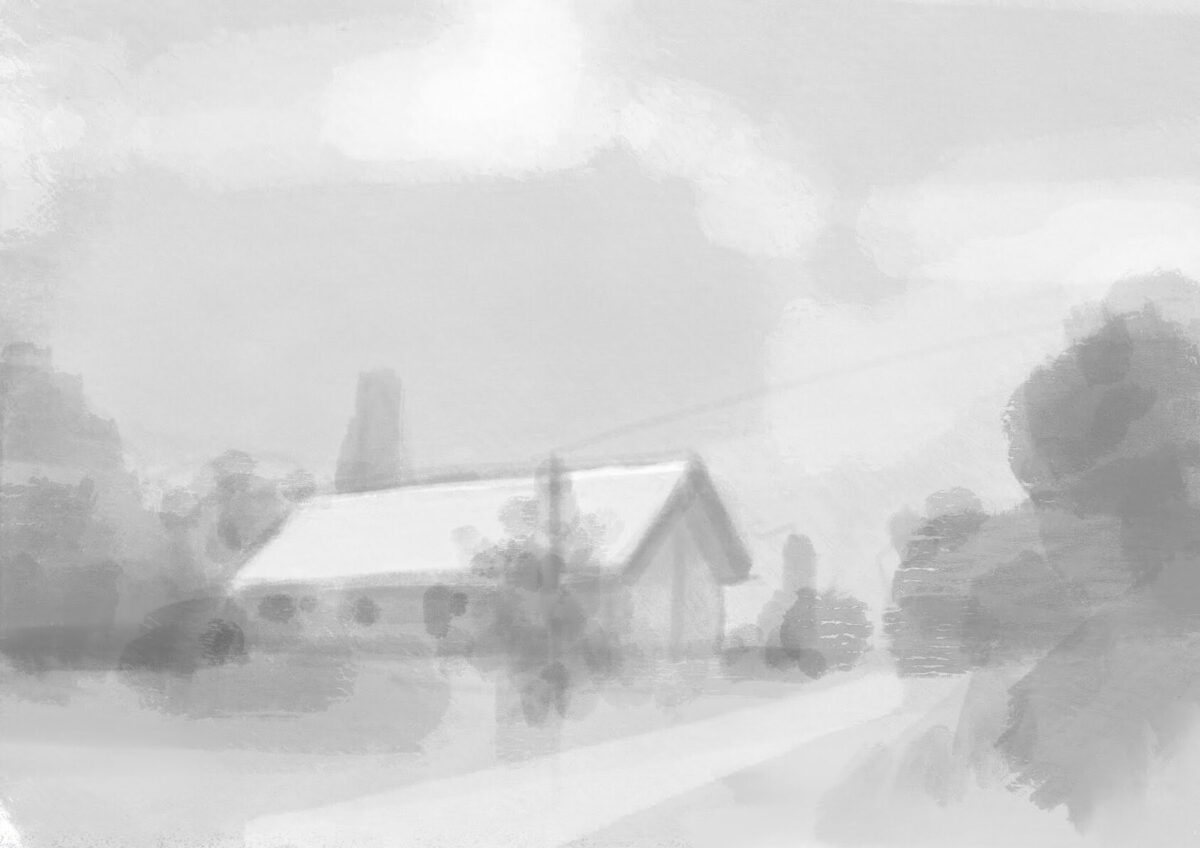
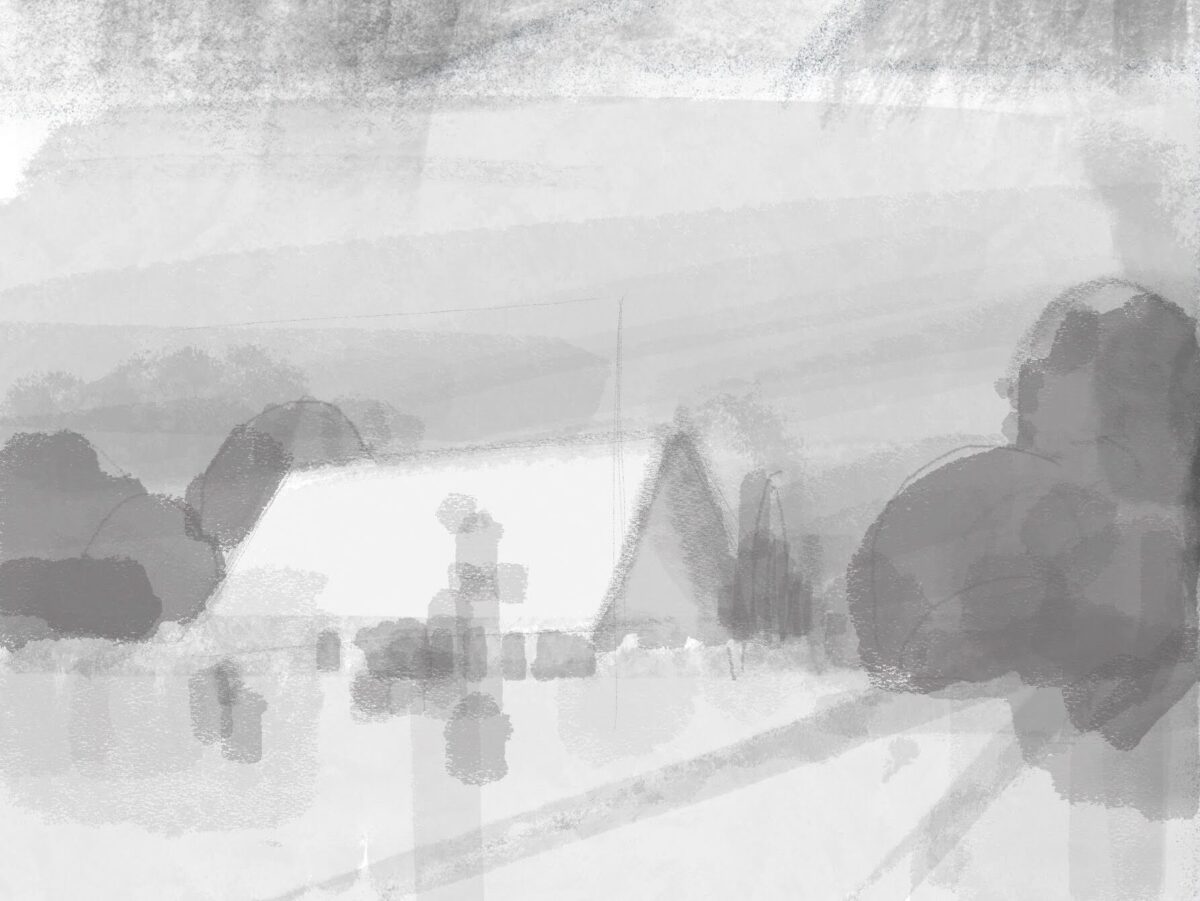
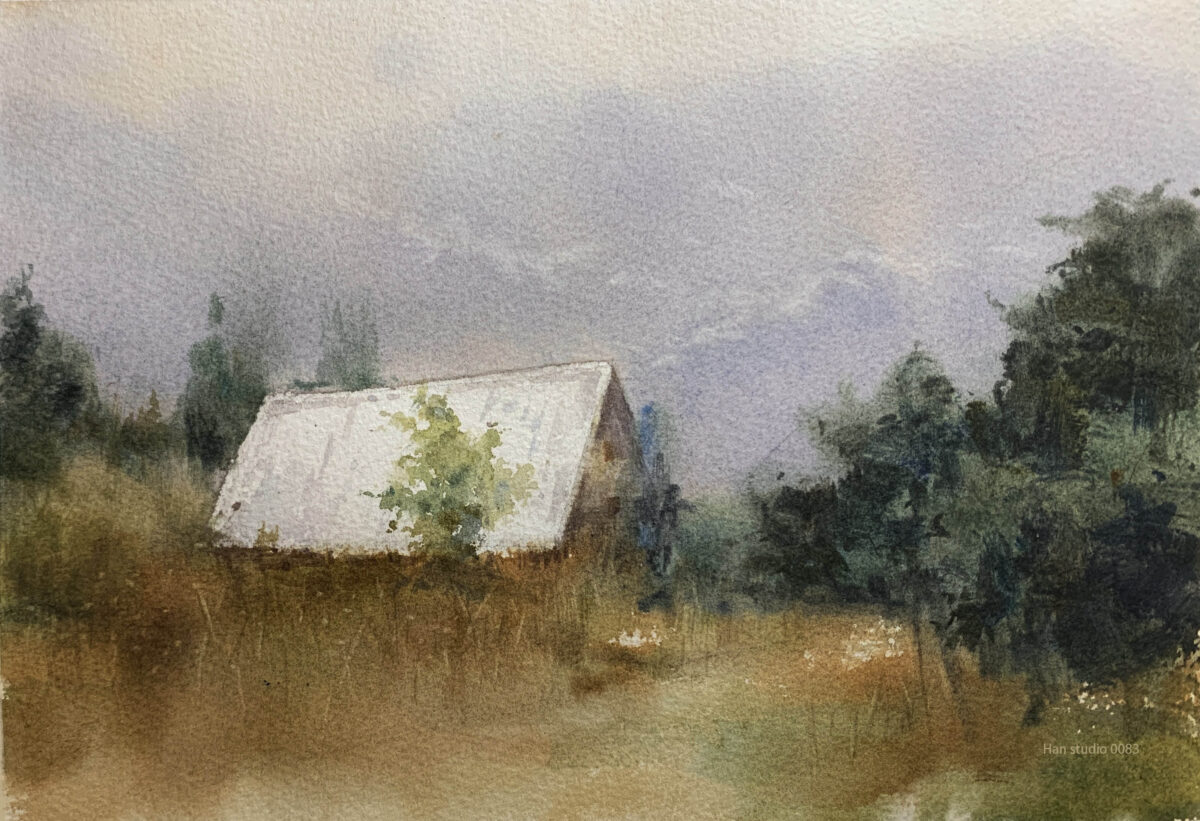
If you encounter challenges while painting landscapes, such as coloring or other difficulties, feel free to leave a comment or message me on Instagramfor further discussion.
If you're interested in learning to draw but don't know where to start, or if you'd like to understand the knowledge behind drawing,
feel free to join my LINE and contact me. In my classes, I organize drawing methods in a clear and structured way.
Click here to learn more about my drawing courses!
Further Reading
Watercolor Mixing Tips: Achieve Natural Transitions Easily
How to Watercolor Grapes: Master Light, Shadow & Gradients
How to Paint the Light and Dark Layers of a Monstera Leaf
How to Paint a Vibrant Yellow Bell Pepper Still Life
How to Paint a Luminous Banana with Watercolors




Leave a Reply